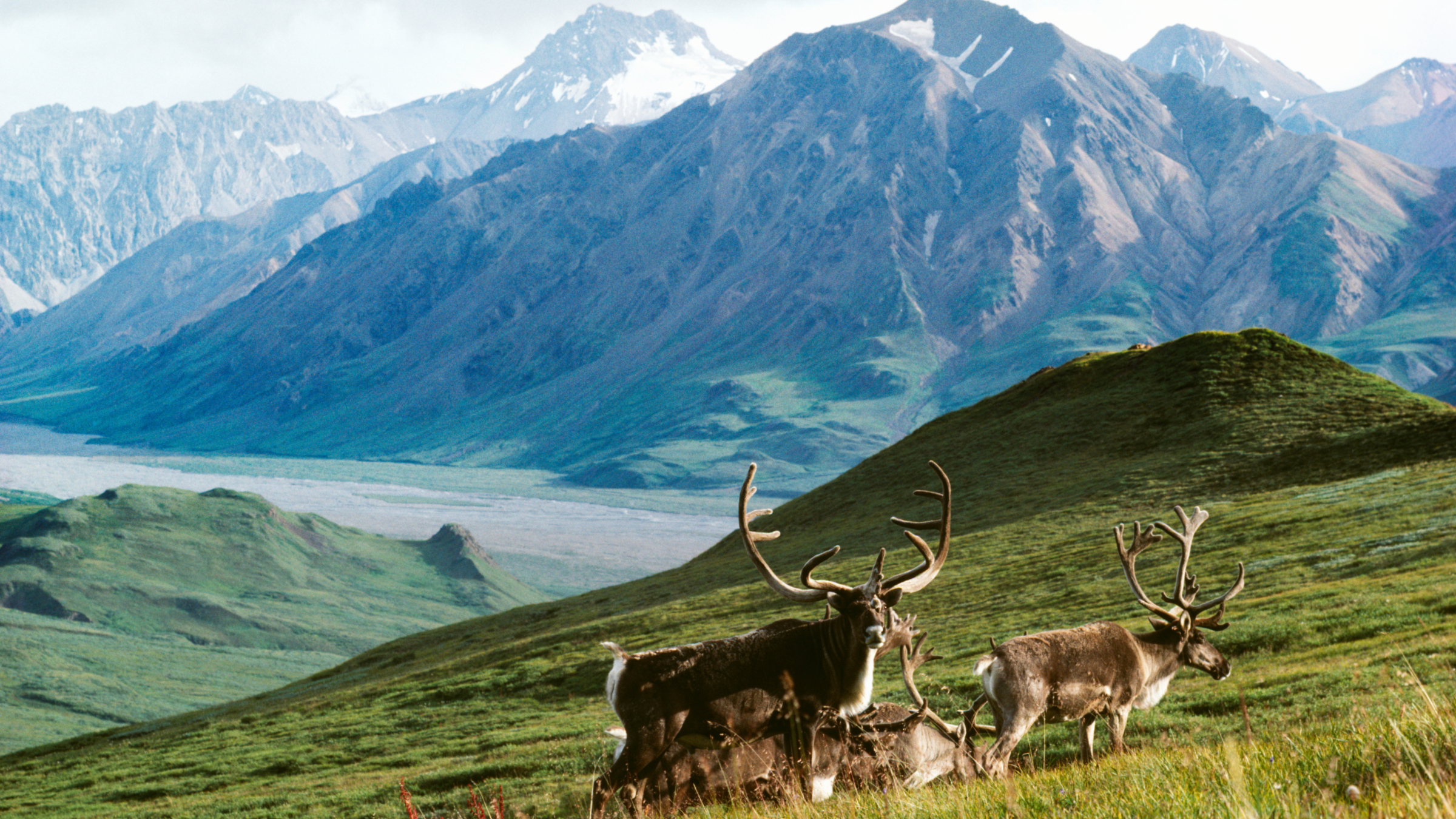Oil and gas drilling threatens one of the last truly wild places on Earth
The Arctic National Wildlife Refuge is one of the most biodiverse regions on the planet. It is home to polar, grizzly, and black bears, over 200 species of birds, 8 marine mammal species, hundreds of thousands of caribou, wolves, muskoxen, moose, and more. Many of these species need the specific habitat found in the Arctic Refuge to survive and flourish. Dwindling populations of polar bears make their dens here, the largest herd of caribou – the Porcupine Caribou herd – uses the coastal plain as their calving grounds, and migrating birds from all over North America come here to breed. Moreover, these animals are essential to the subsistence lifestyles of the Alaska Native Tribes who have lived in this area for thousands of years.
The Arctic National Wildlife Refuge is one of the largest unspoiled, intact ecosystems left on the planet. Its protection has been largely bipartisanly supported since 1960. The federal administration is currently working to open this sensitive area, particularly the Coastal Plain – the calving grounds of the Porcupine Caribou – to oil and gas drilling.
The final Environmental Impact Statement for the Arctic National Wildlife Refuge was released in September 2019. The federal government has recommended opening nearly all of the proposed area to drilling. The same week, the U.S. House of Representatives passed the Arctic Cultural and Coastal Plain Protection Act, intended to protect the people and animals who have relied on the Arctic Refuge for generations.
The federal administration is continuing to push for drilling so we are continuing to work to protect this region.
Help us preserve this rare, truly wild place for future generations.



